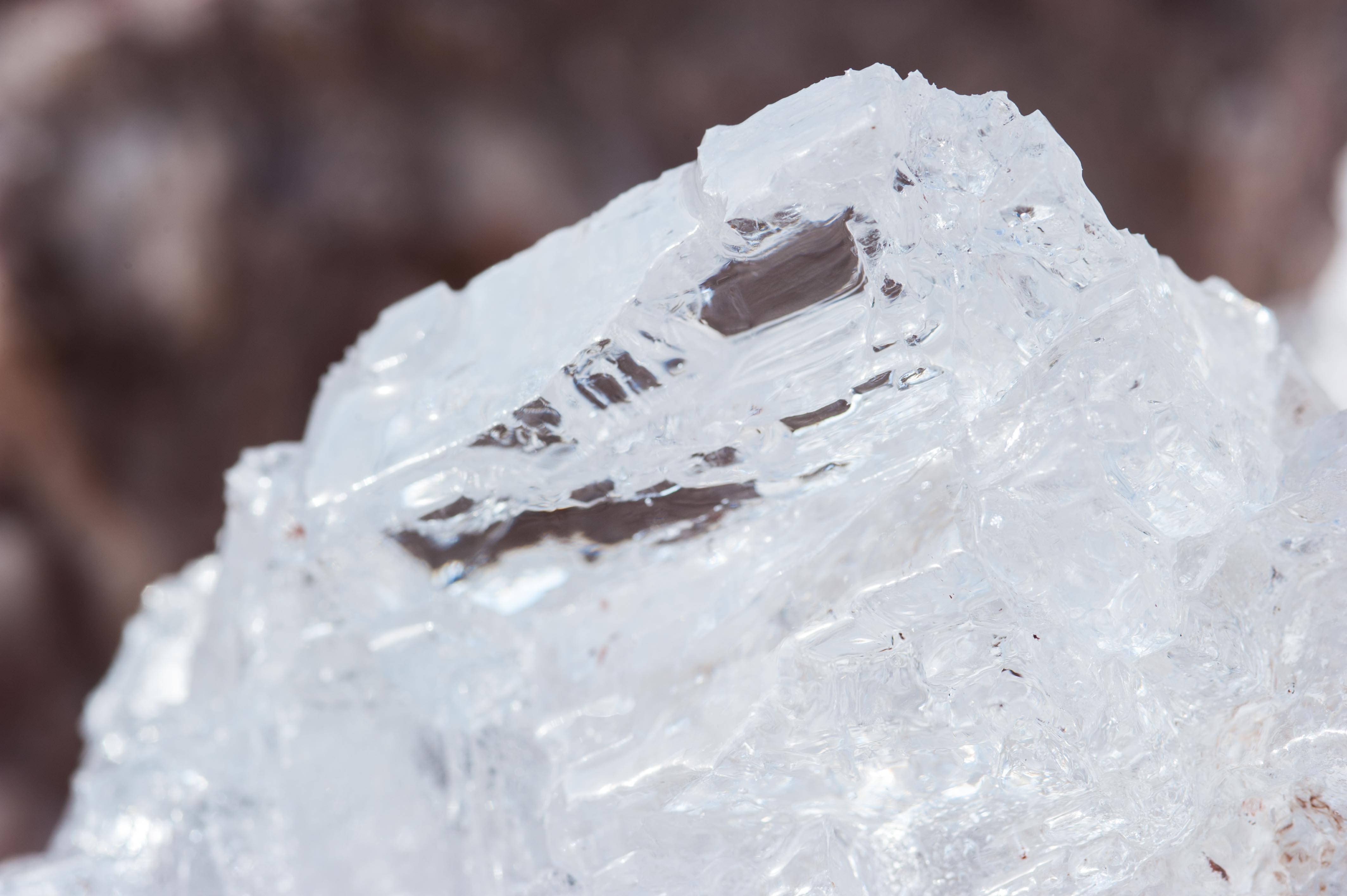Salt is an excellent preserving agent. That is why the Salt Men are so well preserved. The salt drew moisture from the body. Therefore putrefactive bacteria cannot decompose the body. Even fungi and other micro-organisms that cause the decay of a dead body cannot become active in the high salt content.
The preserving quality of salt is used to preserve various foods. Especially perishable foods like fish, meat and vegetables have been preserved with salt for many centuries. That is why salt has always been and still is an important part of our diet: in the past it was traded as "white gold". Today it is a staple food for everyone, from handmade natural products to industrial products.
Seen in this light, the salt men are already preserved, aren't they? They were protected from air and light below the earth for centuries. They were surrounded by an even, only slowly fluctuating earth moisture. Now they are literally in the "spotlight". The showcases protect them from dust and contact with visitors, but the salt men are exposed to the effects of climate and light.
We know the influences of light, and especially UV light: Colours fade, plastics become brittle. Light can also have similar effects on the Salt Men. Dryness leads to cracking, too much moisture promotes mould growth - the Salt Men are also exposed to these dangers.
We want to create a comfort zone for our salt men.
A team of conservators and engineers is currently working on simple but effective solutions to ensure a steady climate in the room and in the display case throughout the year, day and night. The light is filtered so that it is bright but the short-wave UV rays no longer hit the objects.
To develop a good solution, we need to understand how the climate works on the Salt Men. It is not enough to know that it is warm in summer and cold in winter. We also need to understand how the building, the heating, the air conditioning system affects the environmental conditions.
For this purpose, sensors are installed in the display case and in the room, which permanently measure the humidity and temperature. The first findings are that the air humidity over the year is not a major problem. The temperature fluctuations between day and night solely are too large. Simple ventilation systems that use the air to cool or warm the room are a good solution.
If it is not only the ravages of time that gnaw at the Salt Men...
If the environmental conditions inside are good for the Salt Men and visitors, insects will also feel at home in the rooms. They find their food and safe nesting places in the museum. However, by doing so they cause damage to the valuable objects in the museum.
In order to prevent damage caused by insects, recently the museum team implemented the so-called Integrated Pest Management - IPM. The main aim is to prevent the insects from entering and nesting. Where this is not possible, their population should be monitored and only when the population reaches a critical size should control measures be taken. After a thorough inspection of the building, the cracks and the holes, through which insects can enter the museum unnoticed, have now been sealed. Adhesive traps were set up, which are evaluated at regular intervals. This method is called "monitoring" and helps the museum staff to get an overview of the insect species. The locations of the traps and the number of insects caught in them provide the museum team with valuable information on how the insects enter the museum and where they occur in greater numbers. Since the museum team can identify the insect species, they know which specific measures they can take to deprive the insects of their livelihood (i.e. nesting sites and food).
Follow us on Instagram and Twitter to watch our work.
More information about the Patrimonial projects can be found here.







